Microsoft Lumia 640 XL Review
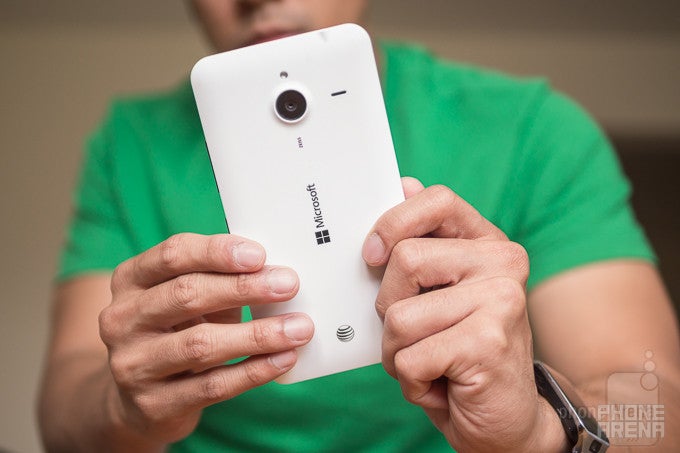
Introduction
Just last month, we got to experience the Microsoft Lumia 640, a budget-priced Windows Phone first introduced back during Mobile World Congress 2015. As a complement, now, its bigger sized twin is now available for the taking – bringing together a phablet-sized smartphone on the cheap. Yes folks, it’s an easy $250 to snag the Microsoft Lumia 640 XL, which is a perfect timing considering Windows 10 is on the horizon!
The package contains:
- Microsoft Lumia 640 XL
- microUSB cable
- Wall charger
- Quick start guide
- Product and safety information
Design
True to its name, it’s an extra-large sized version of the Lumia 640.
Extra-large, that’s undeniably the first notion we get when looking at the design of the Microsoft Lumia 640 XL. The name alone alludes to what’s expected, a Lumia 640 look-alike that’s just bigger in terms of its size. Although it’s not entirely an original design per se, the larger footprint of the handset means it’s something that requires two-handed operation more than one. Despite that, we need to point out that it’s exceptionally light weight given its huge footprint, a mere 6.03 oz, which is lighter than the Note 4. Sadly, though, there’s not as much color variety with its exchangeable back plastic covers – you only have matte white or black to choose from.
Not surprisingly, all the buttons and ports are found in the same exact locations too! That means the power button and volume controls along the right edge (practical placements naturally), the microUSB port and microphone on the bottom side, and finally the 3.5mm headphone jack on the top. Removing the rear cover is pretty simple, which then grants us access to its removable 3000 mAh battery, SIM slot, and microSD slot.
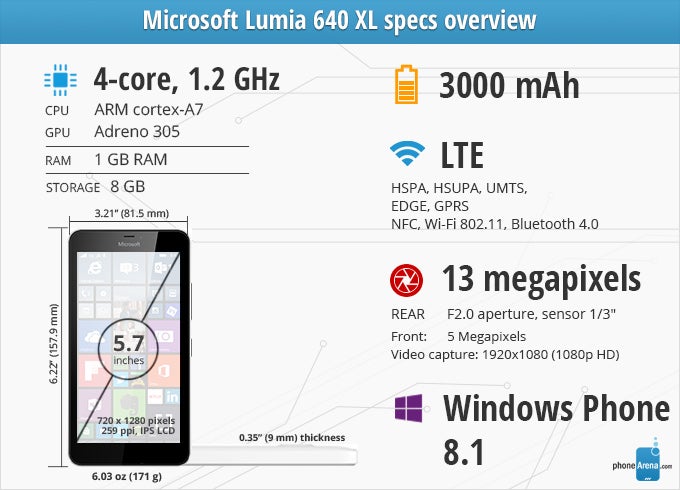
Display
It’s bigger in size and brighter in tone, but it sticks with 720p resolution.
Its larger footprint is primarily attributed to the 5.7-inch 720 x 1280 ClearBlack IPS-LCD display it’s flaunting, giving it that connotation of being a phablet. Indeed, the generous amount of real estate presented to us makes it great for watching videos and whatnot, but its 720p resolution results in a pixel density count of 259 ppi – a tally that’s hardly astounding, though still tolerable.
Diving deeper into its other characteristics, it exhibits the same color reproduction as the Lumia 640 screen – one that isn’t always spot-on with all color gradients, but it’s neither obnoxiously inaccurate at the same time. There are some improvements at play here, such as its stronger brightness output of 569 nits, making it more readable under bright lighting. However, its color temperature is significantly colder in tone at ~7400K, making it less ideal than the Lumia 640’s mark of 6390K.
At the end of the day, though, the screen here boasts qualities that we find to be more favorable – with the exception of its resolution, obviously. Even though it lacks the intense sharpness and detail of other screens, the whole package still comes off better than its sibling’s screen.
Interface and Functionality
Ah Windows Phone 8.1, it’s the same here like any other Window Phone.
In standard fashion, the Lumia 640 XL is running Windows Phone 8.1 with Lumia Denim in tow, which means it’s accompanied with Cortana integration and the entire suite of Lumia branded apps. Purists of the platform will find it familiar, naturally, seeing that the experience is identical to every other phone running this version of Windows Phone. We won’t get into the specifics of it all, but we can simply say that it’s always a work in progress – in the way that it’s still reaching, or catching up to its peers, but it definitely has that base functionality to compete.
Some people won’t find fault in a consistent software experience here, since of course, that’s the intent of Windows Phone from the start. Nevertheless, it’s just tough knowing that there are no optimizations whatsoever made to the experience that makes good use of the extra real-estate. Still, there’s comfort knowing at least that it’s on tap to receive the Windows 10 update when it comes out – peace of mind that ensures that owners won’t be left in the dust when the newest version of the platform is launched.
Processor and Memory
Just don’t try to challenge it with graphics processing.
Going with the same internals as its sibling, the Lumia 640 XL’s power comes from its quad-core 1.2GHz Qualcomm Snapdragon 400 SoC coupled with 1GB of RAM and the Adreno 305 GPU. More than an effective package, especially when Windows Phone is highly optimized, we’re greeted to the same fluid responses exhibited by nearly all phones running the platform. The only occasion when there’s some crumbling is with graphics processing, so tread carefully with certain gaming titles.
Despite the “XL” attachment, there’s no increase in storage capacity over the Lumia 640. Therefore, we’re stuck being extremely careful about what’s saved onto its 8GB of storage. The saving grace, though, is the availability of a microSD card slot.
Internet and Connectivity
Greeted with so much real estate, pages are able to load in their entirety with minimal need for scrolling vertically. With its 720p resolution, however, it makes fine text rather tough to decipher – so pinch zooming is still necessary. It’s not too bad to tell you the truth, just because the Lumia 640 XL more than passes for the occasion.
This particular unit is fashioned together to work most effectively on AT&T’s network, but it’s more than compatible to surf the various 4G LTE networks around the world with its diversified LTE band support. In addition, it features a-GPS with Glonass, Bluetooth 4.0, 802.11 b/g/n Wi-Fi, and NFC.
Camera
Armed with an upgraded camera, you’ll relish over its great performance.
One of the few changes, aside from the aesthetics, is that the camera has been bumped up to a 13-megapixel 1/3” sensor – with a wider f/2.0 aperture lens. In contrast, the Lumia 640 was outfitted with an 8-megapixel one with an f/2.2 aperture lens. That’s a delightful treat, more so when the front-facing camera receives the same treatment by being upgraded to a 5-megapixel snapper. Naturally, the Lumia Camera app is in tow to offer hardcore shutterbugs a useful full manual mode – where the focus, ISO, white balance, and shutter speed can be modified.
Having been impressed by the Lumia 640 camera already, we have the same reservations here with the Lumia 640 XL. The difference at play here, naturally, is the higher capacity of detail it’s able to produce – one that makes it slightly more apt for cropping. While it’s stellar for outdoors, where colors tend to be emphasized by heavier saturation, low lighting shots still continue to be grainy looking and light on the details. Unfortunately, its LED flash loses its effectiveness after 5 feet. Love it or hate it, the Rich Tone HDR mode continues to sprinkle that artificial look to our shots by boosting the exposure in necessary areas – while adding sharpening and more color saturation in the process.
We’re also happy to report that there’s a subtle improvement to its video recording quality as well! For starters, it’s more stable with its performance – whereas with the Lumia 640, it was marred by a sensitive white balance adjustment. This time, there’s none of that around, thank goodness! Well, the only soft spot is the artifacting elements that come up when panning quickly.
Multimedia
Big is better! It certainly shows here when it comes to watching videos.
When it comes to music, we have two options to choose from – the usual Xbox Music app or MixRadio. Both handle the task of playing music, as they both employ Windows Phone’s Modern UI design style. Despite the stronger 76.6 dB of power coming out of its speaker this time, the end result is still identical to the Lumia 640. Quite simply, it continues to sound strained at the loudest setting.
Thanks to the boost in the screen’s brightness output, the Lumia 640 XL, as a whole, offers the more ideal video watching experience. Our only qualm is once again related to the resolution, which is rather limiting considering high definition content can’t be experienced to their utmost best.
Call Quality
Passable, that’s the summary here with its in-call performance.
We’re not struggling, nor are voices exceptionally clear on both ends, the overall call quality ends up being at least passable in our books. Through the earpiece, voices have a solid amount of emphasis – while on the other end, our voice is accompanied with a subtle robotic tone.
Battery
With the larger battery cell, we were expecting something more long-lasting.
Big phones tend to deliver long-lasting results with battery life, but the 3000 mAh removable battery cell in the Lumia 640 XL doesn’t achieve anything spectacular. Indeed, we’re more than agreeable with its easy one-day battery life with normal usage, but its mark of 7 hours and 2 minutes in our custom battery benchmark test is rather underwhelming. In comparison, the Lumia 735 and its lower capacity 2220 mAh battery achieves a longer tally.
Conclusion
Windows Phones in general are in short supply, which means that we’re more accepting of phablet-sized ones even more, especially when they’re even rarer to find in the wild. Far from being a specs beast meant to tackle on the big names in space, the Microsoft Lumia 640 XL carries a refreshing balance of value and performance.On the pricing front, it’s being sold through AT&T here in the US for $0.99 with a 2-year contract. As an alternative, you can snag it sans contract by plopping out $249.99 to get it outright. That alone is within the threshold of its comparable rivals, but we like it for the fact that it bears improvements over the Lumia 640 (think the camera and certain aspects of the display) – while also catering to those who simply want a larger sized device to play around with.
Tough competition is all around, especially when looking at some of the entry-level phablets in the Android space, so it’ll ultimately come down to whether or not the Windows Phone experience is your cup of tea.
Software version of the review unit: Windows Phone 8.1 Update 2

Follow us on Google News
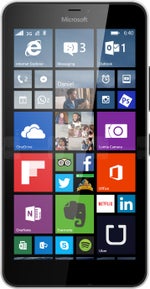
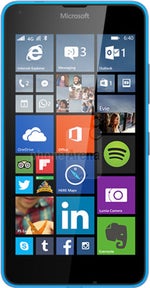
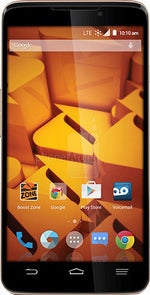
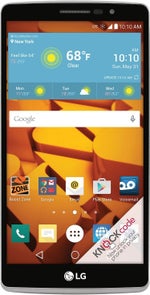














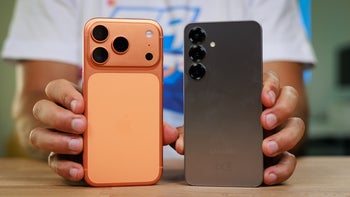
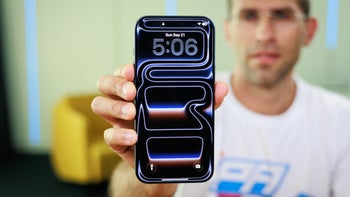
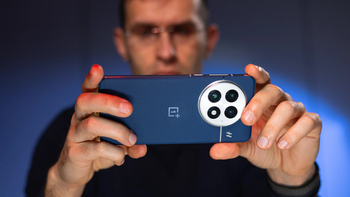
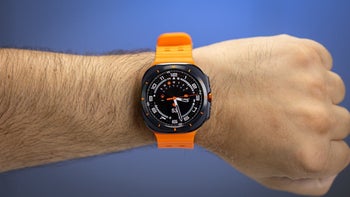
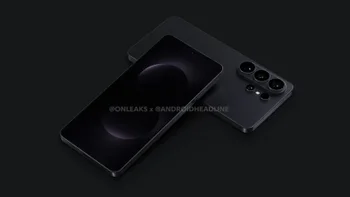
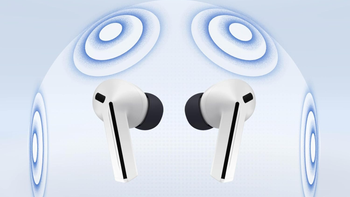
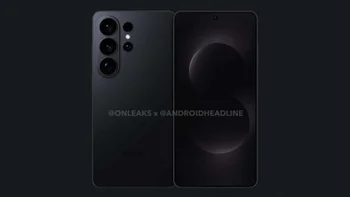

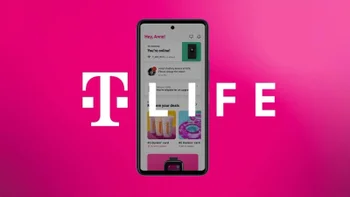


Things that are NOT allowed:
To help keep our community safe and free from spam, we apply temporary limits to newly created accounts: